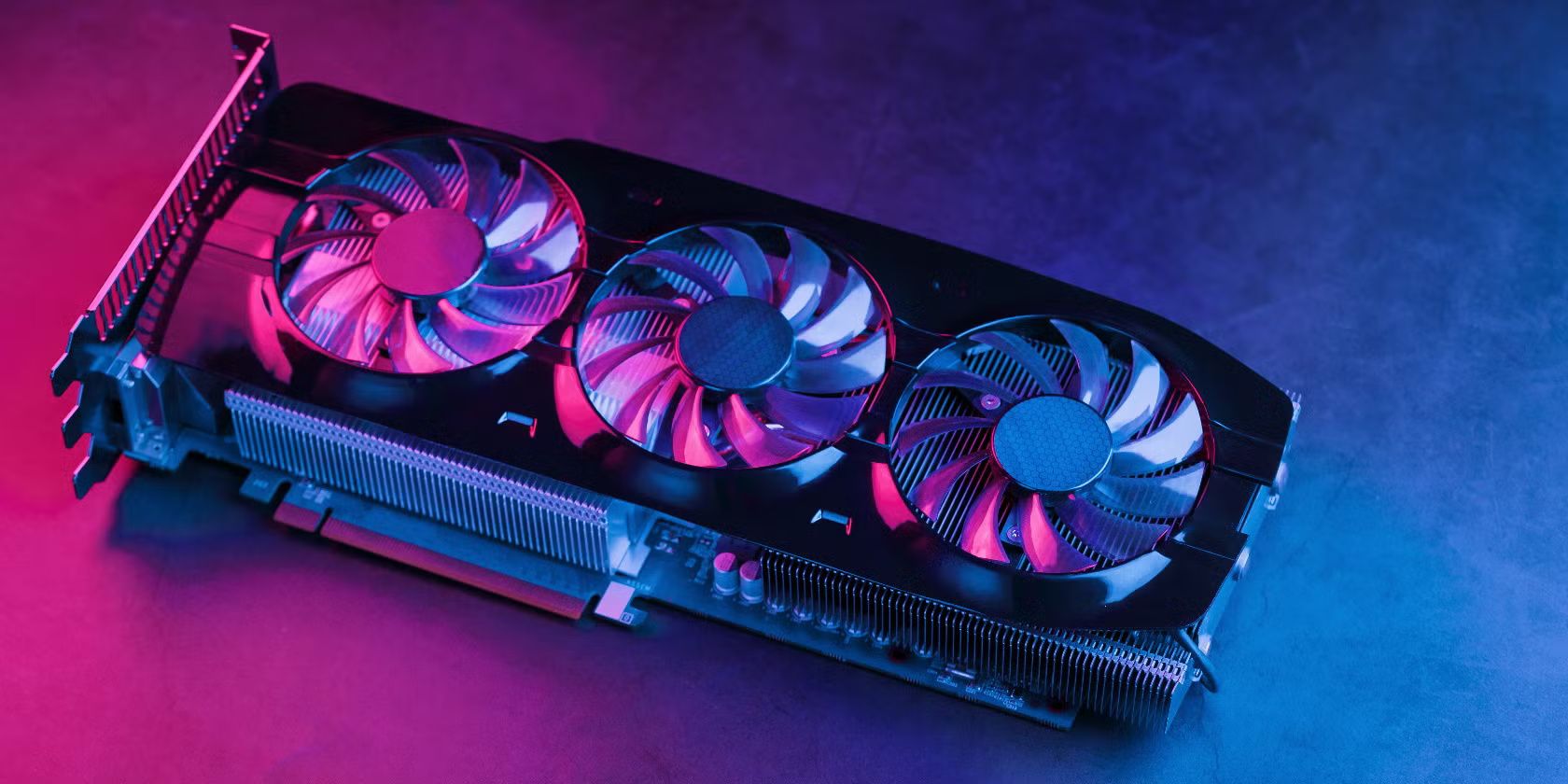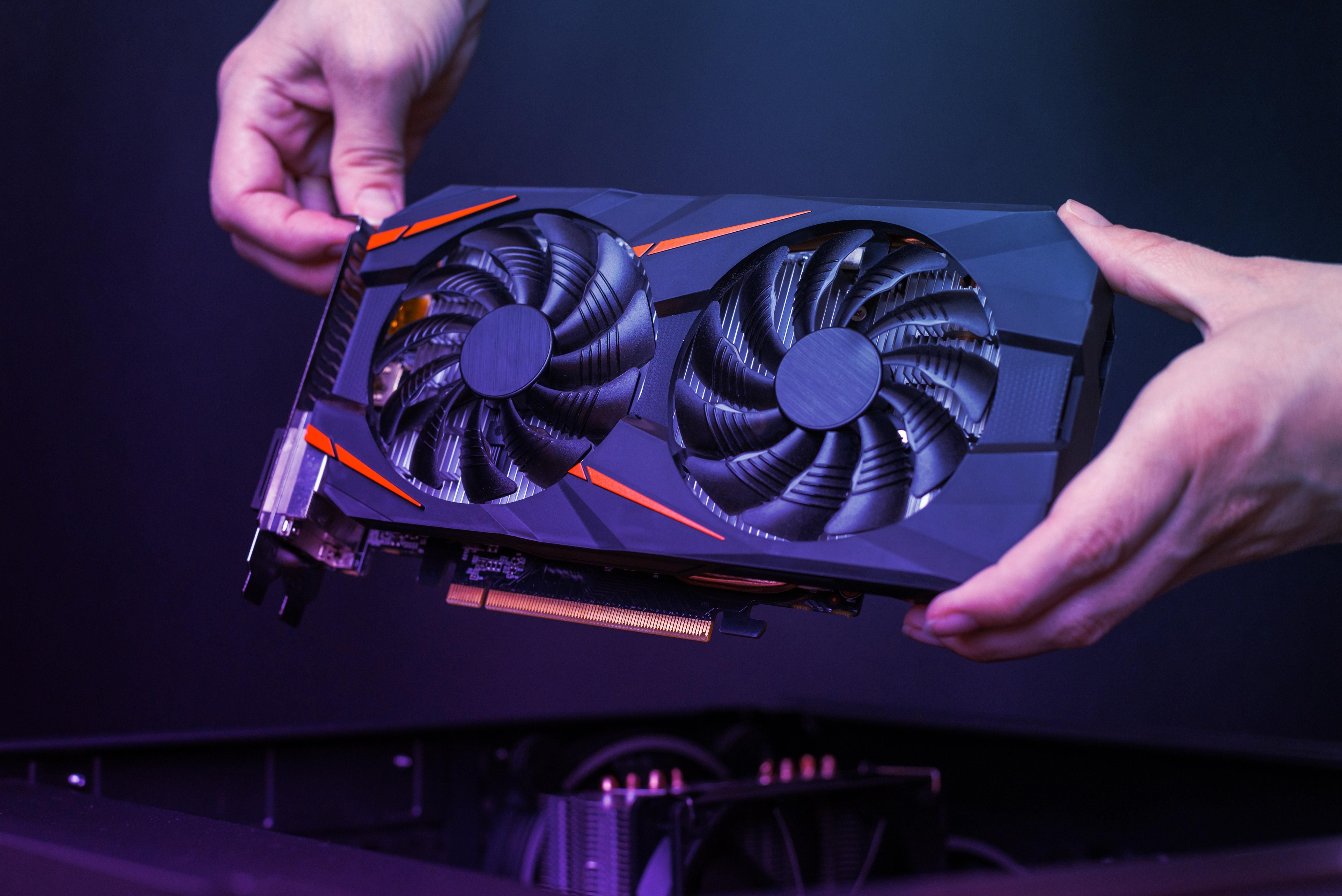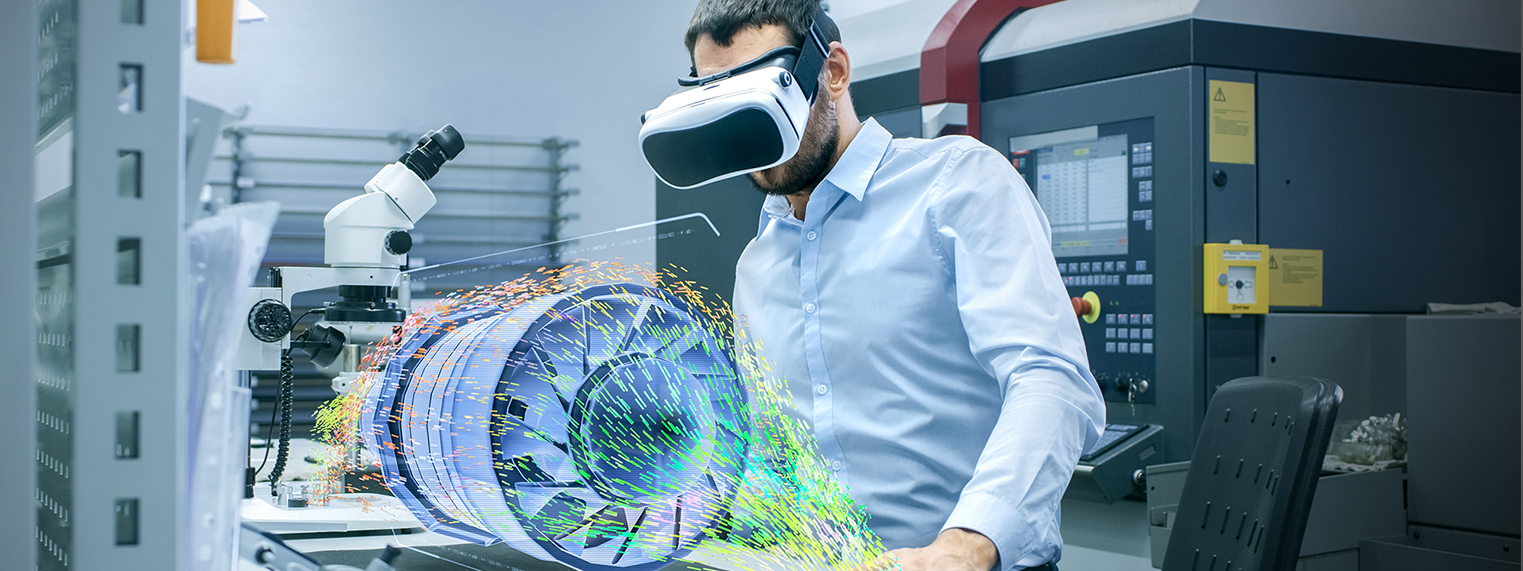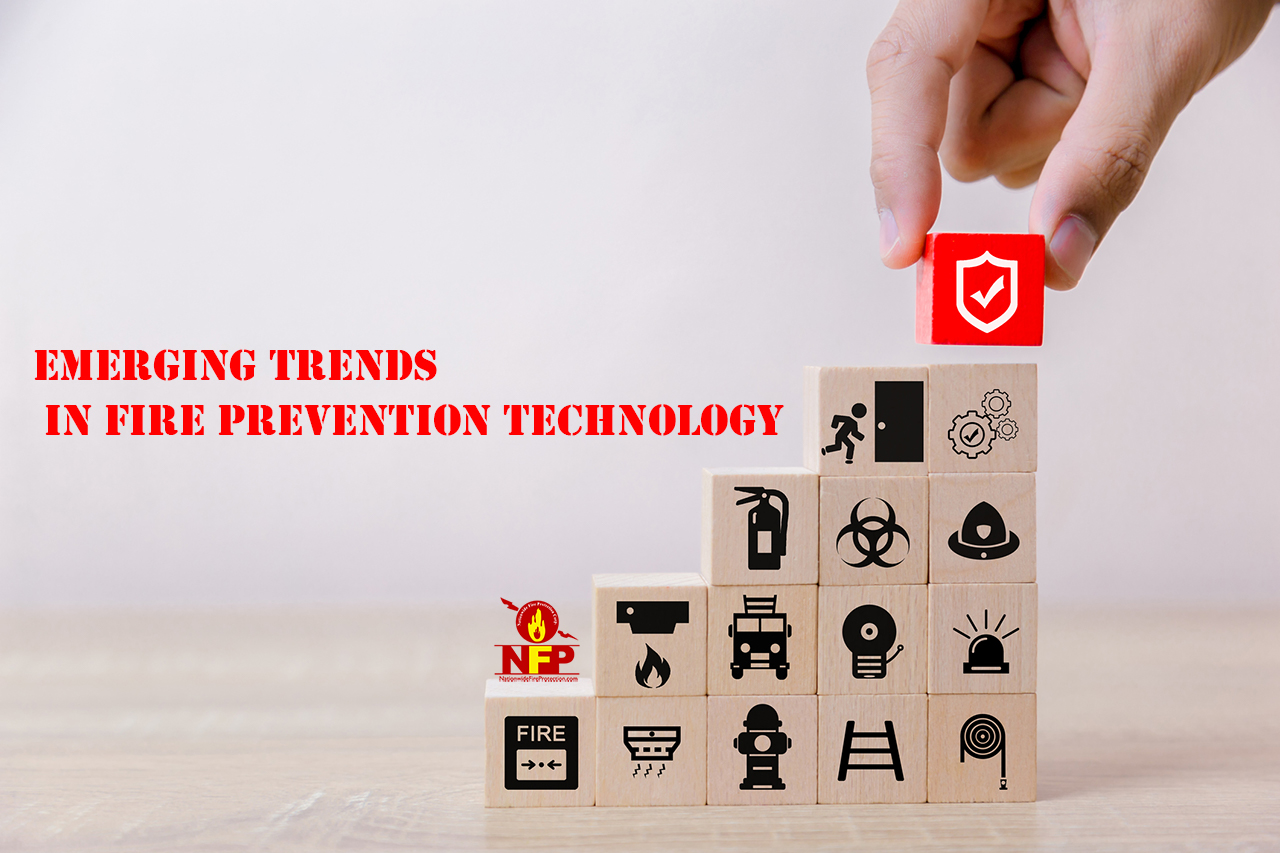Discover PC Graphics Card Basics: Knowledge, Tips, and Details
A graphics card, also known as a GPU (Graphics Processing Unit), is a vital component in modern computers responsible for rendering images, videos, and animations. It processes visual data and outputs it to your monitor, enabling interaction with your computer’s graphical interface. Without a dedicated GPU, a computer would rely on integrated graphics, which are less efficient for demanding tasks.
Graphics cards have evolved over decades. Initially, they handled only simple 2D graphics, but modern GPUs are powerful processors capable of managing complex 3D graphics, video rendering, and even parallel computing tasks like artificial intelligence and data processing.
Why Graphics Cards Matter Today
The role of a graphics card extends beyond gaming. High-performance GPUs are essential for:
-
Gaming: Ensures smooth gameplay, high frame rates, and detailed textures.
-
Content Creation: Accelerates video rendering and allows handling of high-resolution media efficiently.
-
Professional Work: Architects, engineers, and designers rely on GPUs for 3D modeling, simulations, and CAD applications.
-
AI and Computing Tasks: GPUs’ parallel processing power is increasingly applied in machine learning and AI workflows.
A well-chosen GPU enhances both visual quality and overall system performance, making it a critical part of modern computing.
Recent Developments in Graphics Cards
The graphics card industry is rapidly advancing:
-
Next-Generation GPUs: In 2025, high-end GPUs from Nvidia and AMD are more efficient and deliver significantly better performance than their predecessors. These GPUs support real-time ray tracing, AI-based upscaling, and energy-efficient designs.
-
Cross-Compatibility: AMD's new upscaling technologies are compatible with a wide range of GPUs, including competitors’ products, making high-quality visual enhancements more accessible.
-
Power Delivery Innovations: GPU manufacturers are experimenting with increased power delivery through PCIe slots, reducing the need for additional power cables and simplifying installation.
-
Enhanced Cooling Solutions: Modern GPUs feature advanced cooling designs, including liquid cooling and dual-fan setups, which help maintain high performance during intensive tasks.
Regulatory Considerations
When considering GPU purchases, it’s important to understand regulatory and import considerations:
-
Import Rules: Countries like India have specific import regulations for advanced GPUs. Policies may affect the number and type of GPUs allowed without licenses.
-
Customs Duties: Graphics cards fall under defined import codes, and applicable tariffs can influence overall acquisition decisions.
-
Compliance: Modern GPUs must comply with safety and energy-efficiency standards to ensure compatibility and safe operation.
Understanding these regulations ensures compliance and prevents delays or legal issues during procurement.
Tools and Resources for Selecting Graphics Cards
When choosing a GPU, several tools and resources can help make an informed decision:
-
Benchmarking Platforms: Websites that provide GPU performance comparisons across models, including frame rates and rendering capabilities.
-
Manufacturer Specifications: Detailed technical data from GPU manufacturers including architecture, memory, power requirements, and supported features.
-
Community Forums: Platforms where users discuss experiences, performance results, and compatibility issues.
-
Retail and Review Sites: Offer user reviews, expert analyses, and comparative charts for various GPU models.
A combination of these resources allows buyers to select GPUs that match their needs and budget.
Key Features to Consider in a Graphics Card
When evaluating a GPU, consider the following aspects:
-
Architecture: Determines efficiency, performance, and compatibility with modern applications.
-
VRAM (Video RAM): Essential for handling high-resolution textures and multiple displays. More VRAM supports better multitasking and future-proofing.
-
Cooling and Design: Advanced cooling solutions maintain stable performance under heavy loads.
-
Power Requirements: Ensure your PSU can supply sufficient power for the GPU and overall system.
-
Connectivity: Check outputs like HDMI, DisplayPort, and USB-C for monitor and peripheral compatibility.
-
Support for AI and Ray Tracing: These features enhance gaming, rendering, and simulation experiences.
Frequently Asked Questions
1. What is the primary function of a graphics card?
A graphics card processes and renders images, videos, and animations, improving the visual output on your monitor and offloading tasks from the CPU.
2. Can I use a computer without a dedicated graphics card?
Yes, integrated graphics allow basic computing, but for gaming, video editing, or 3D work, a dedicated GPU provides much better performance.
3. How do I know which graphics card is compatible with my system?
Check your motherboard for PCIe slots, ensure sufficient power supply, and verify there is enough physical space in your case for the card.
4. Are budget-friendly GPUs worth considering?
Yes. Many mid-range GPUs provide solid performance for gaming, multimedia, and productivity without high investment, making them suitable for general users.
5. How do I choose a GPU for professional work?
Focus on VRAM capacity, architecture, multi-display support, and software compatibility. High-end models improve rendering speed, simulation accuracy, and AI task performance.
Conclusion
Understanding PC graphics cards is vital for both casual users and professionals. GPUs not only enhance gaming and media experiences but are also crucial for 3D modeling, simulations, and AI computations.
Keeping up with recent advancements, understanding regulations, and using benchmarking tools helps make informed choices. Selecting the right GPU ensures your computer performs efficiently, remains compatible with modern applications, and meets your computing needs effectively.
With a solid understanding of GPU basics, features, and trends, users can confidently optimize their systems for both current tasks and future requirements.




